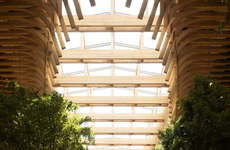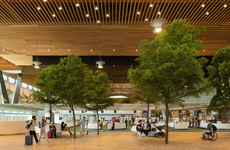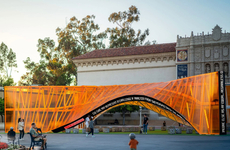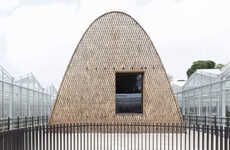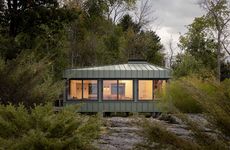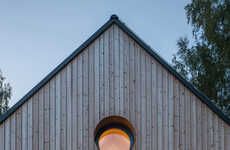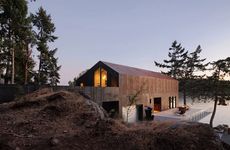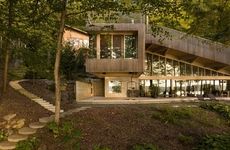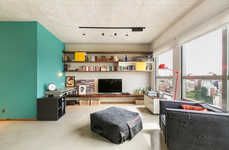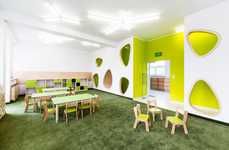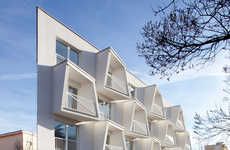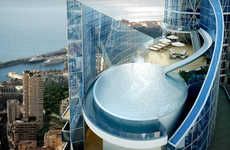
Warroad Land Port of Entry by Julie Snow Architects is LEED Certified
References: juliesnowarchitects
Canada and the US may share the longest undefended border in the world, but that hasn't stopped the two countries from teaming up to make the Warroad Land Port of Entry by Julie Snow Architects.
Designed to be a thoroughly modern, secure and sustainable structure, the Warroad Land Port of Entry by Julie Snow Architects is sheathed almost entirely in sustainable timber. Furthermore, because the border crossing serves as an entry point into Minnesota from the Canadian prairies, it features a design that pays tribute to the vast expanses and the seemingly unbroken horizon of its surrounding landscape.
Largely on account of its geothermal heating and cooling system, rainwater recycling and passive day-lighting design, the Warroad Land Port of Entry by Julie Snow Architects is currently on track to receive a coveted LEED silver accreditation.
Designed to be a thoroughly modern, secure and sustainable structure, the Warroad Land Port of Entry by Julie Snow Architects is sheathed almost entirely in sustainable timber. Furthermore, because the border crossing serves as an entry point into Minnesota from the Canadian prairies, it features a design that pays tribute to the vast expanses and the seemingly unbroken horizon of its surrounding landscape.
Largely on account of its geothermal heating and cooling system, rainwater recycling and passive day-lighting design, the Warroad Land Port of Entry by Julie Snow Architects is currently on track to receive a coveted LEED silver accreditation.
Trend Themes
1. Sustainable Timber Architecture - The use of sustainable timber in architectural design creates opportunities for eco-friendly and visually appealing structures.
2. Geothermal Heating and Cooling Systems - The integration of geothermal heating and cooling systems in buildings offers an efficient and sustainable solution for temperature control.
3. LEED Certification - The pursuit of LEED certification motivates architects to prioritize sustainable design elements in their projects, leading to more environmentally-friendly buildings.
Industry Implications
1. Architecture and Construction - The architecture and construction industry can explore sustainable timber as a key material for eco-conscious building projects.
2. Renewable Energy - The renewable energy industry can innovate and expand the use of geothermal heating and cooling systems for residential and commercial buildings.
3. Green Building Certification - The green building certification industry can promote and provide guidance on achieving LEED certification, encouraging sustainable building practices.
2.4
Score
Popularity
Activity
Freshness


